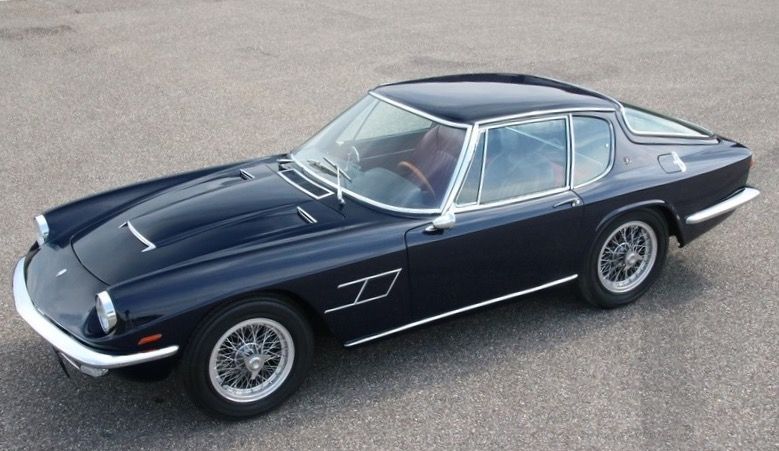Maserati started naming its cars after famous winds; this began in 1963 with the Mistral, followed by Ghibli, Bora, Merak, Khamsin, Karif and Shamal, in 2016 Levante, and now the Grecale.
The Maserati Mistral was a 2-seat Gran Turismo produced by Maserati between 1963 and 1970. The successor to the 3500 GT was styled by Pietro Frua and bodied by Maggiora from Moncalieri near Turin.
The Mistral prototype was seen first at the autumn Turin Motor Show in 1963, but production did not start before 1964. The Mistral (model code AM109) and replaced the successful 3500GT/3500GTI model. Available with Maserati’s straight-six engine in 3.5, 3.7 or 4.0-litre fitted with mechanical fuel injection. The body was steel, but the doors, bonnet and rear window frame were aluminium to reduce weight.
The engine was a direct descendent of the 6-cylinder unit mounted in the Tipo 350 S sports racer and boasted a close relationship with the engine that powered the Tipo 250F Formula 1 single-seater, driven by Manuel Fangio, to Maserati’s one and only F1 World Championship in 1957.
The later Mistrals had the option of a larger engine, a 4014.2 cc producing an additional ten bhp, with a top speed of nearly 160 mph and 0-62mph of 6.8 seconds.
The Mistral was the last straight six-cylinder engine before Maserati moved on to V8 engines for their production cars.
Total production figures for the Mistral were 830 Coupés and 125 Spyders.

